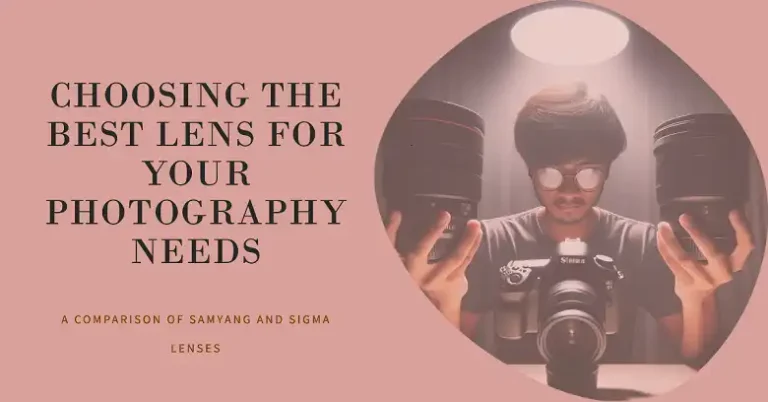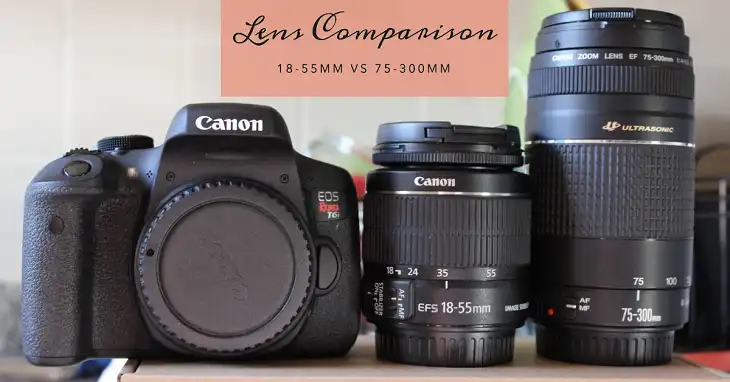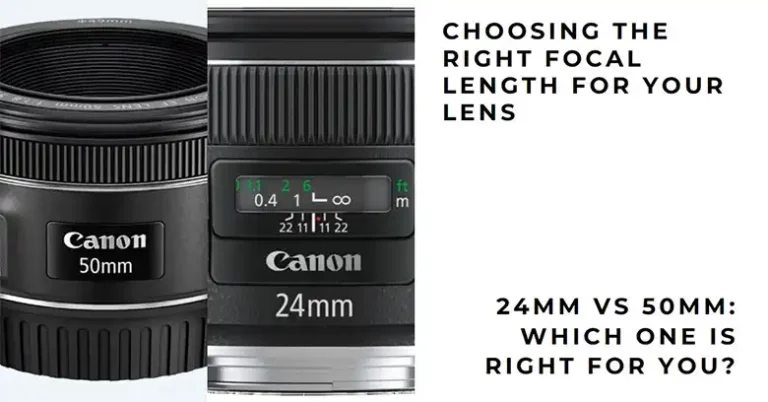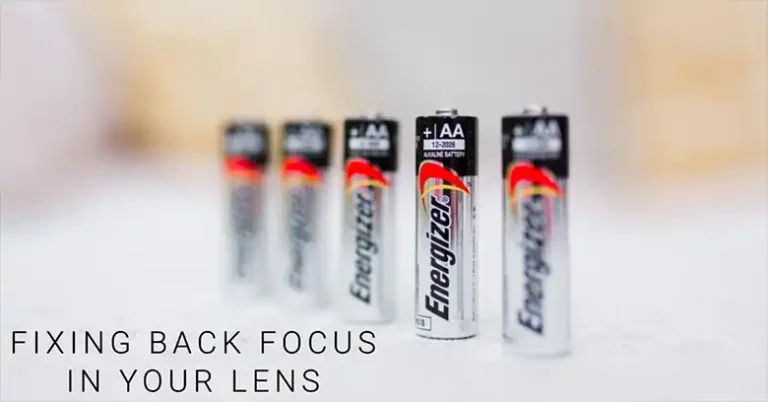Are Ricoh Film Cameras Good?
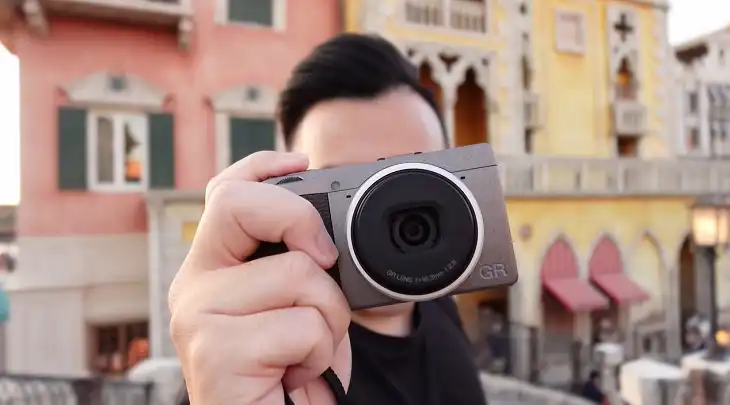
Ricoh film cameras have long been a favorite among photography enthusiasts, particularly those drawn to compact point-and-shoots and versatile SLRs.
But are they truly worth the hype? As we delve into the world of Ricoh’s film offerings, from the beloved GR series to the underappreciated KR models, we’ll explore what makes these cameras stand out in a crowded market.
At the heart of Ricoh’s appeal is their commitment to combining portability with exceptional image quality, exemplified by their renowned 28mm GR lens – a optical marvel that rivals even the best interchangeable lenses for rangefinder and SLR systems.
With features like manual controls, fast autofocus, and sleek designs, Ricoh cameras offer a compelling package for street photographers, travelers, and anyone seeking a reliable everyday shooter.
However, like any camera system, they come with their own set of pros and cons. In this comprehensive look at Ricoh film cameras, we’ll examine their key features, compare popular models, and help you decide if these Japanese-engineered marvels are the right fit for your photographic journey.
Overview of Ricoh Film Cameras
Ricoh’s journey in the world of film photography is a testament to Japanese innovation and precision engineering.
While the company may not have the same household recognition as Canon or Nikon, Ricoh has carved out a dedicated following among photographers who appreciate quality, compactness, and versatility.
The story of Ricoh’s film cameras is primarily told through two distinct lines: the GR series of compact point-and-shoots and the KR series of SLRs.
Each of these lines caters to different photography needs while maintaining Ricoh’s commitment to excellence.
The GR Series: A Compact Revolution
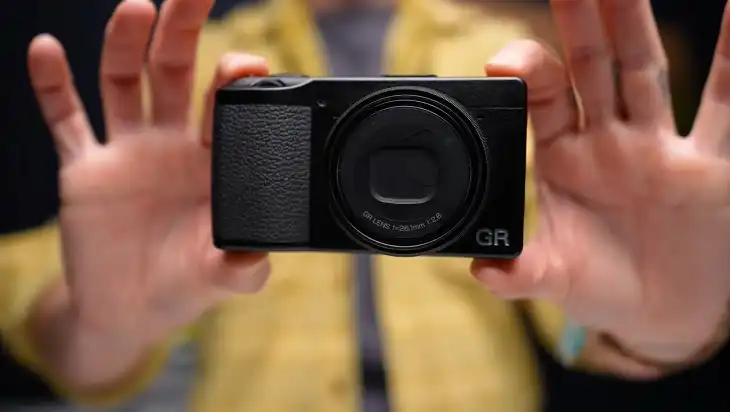
The Ricoh GR series, introduced in 1996 with the GR1, quickly became a favorite among street photographers and enthusiasts. These cameras are renowned for their slim profile, high-quality 28mm lens, and advanced features packed into a pocketable body.
The line evolved through several iterations, including the GR1s and the highly sought-after GR1v, each bringing incremental improvements while maintaining the core DNA that made the original so beloved.
The KR Series: Affordable Quality in SLR Form
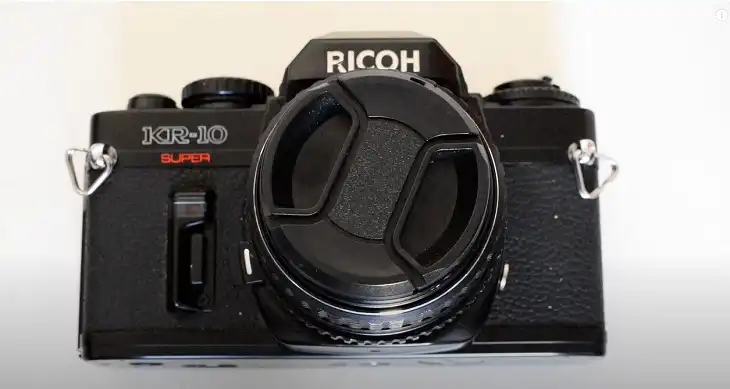
While less famous than their compact counterparts, Ricoh’s KR series SLRs offered photographers a budget-friendly entry into the world of interchangeable lens cameras.
Models like the KR-10 provided features comparable to more expensive Pentax cameras, often at a fraction of the cost. These cameras utilized the Pentax K-mount, giving users access to a wide range of quality lenses.
Key Features of Ricoh Film Cameras
Ricoh’s success in the film camera market can be attributed to a combination of thoughtful design choices and high-quality components. Let’s explore the standout features that have made Ricoh cameras a favorite among photographers:
Compact and Lightweight Design
One of Ricoh’s greatest strengths lies in their ability to create incredibly compact cameras without sacrificing functionality. The GR series, in particular, is celebrated for its slim profile.
For instance, the GR1v measures just 117mm x 61mm x 26.5mm and weighs a mere 177 grams without battery. This makes it smaller and lighter than many of its competitors, including the popular Contax T2 and Leica Minilux.
High-Quality Lenses
At the heart of Ricoh’s appeal is their commitment to exceptional optics. The 28mm f/2.8 GR lens found in the GR series is widely regarded as one of the best lenses ever fitted to a compact camera.
It features seven elements in four groups, including multicoated and aspherical elements, resulting in images with remarkable clarity, sharpness, and minimal distortion.
This lens is so highly regarded that Ricoh even produced a limited edition version in Leica Thread Mount.
User Controls and Creative Options
Despite their compact size, Ricoh cameras often offer a level of control typically associated with larger, more professional cameras. The GR1v, for example, provides:
- Manual ISO control
- Exposure compensation dial
- Aperture priority mode
- Multiple focus modes including snap focus and infinity focus
- Flash control that retains settings even when powered off
These features allow photographers to maintain creative control over their images, making Ricoh cameras suitable for a wide range of photographic styles and situations.
Autofocus Capabilities
Ricoh equipped their cameras with capable autofocus systems. The GR series utilizes a passive multi-autofocus system with an auxiliary AF light for low-light conditions.
This, combined with the wide-angle lens, ensures that most subjects are in focus, making these cameras excellent for quick, spontaneous shots.
Advantages of Ricoh Film Cameras
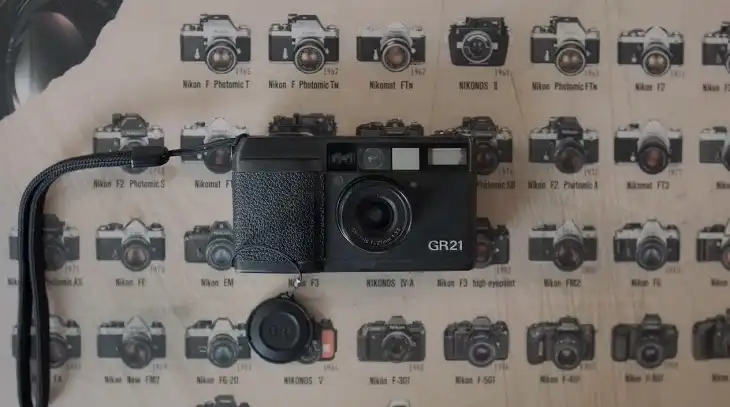
Ricoh film cameras offer several compelling advantages that have contributed to their enduring popularity among photographers:
Excellent Image Quality
The standout feature of Ricoh cameras, particularly the GR series, is the exceptional image quality they produce. The 28mm GR lens is renowned for its sharpness, clarity, and ability to capture detail.
Images show minimal distortion, excellent flare control, and consistent sharpness from corner to corner at all apertures.
This level of optical performance rivals or even surpasses many interchangeable lenses, making Ricoh cameras a favorite among those who prioritize image quality.
Portability
The compact size of Ricoh cameras, especially the GR series, makes them ideal for photographers who value portability.
Their slim profile allows them to slip easily into a pocket, making them perfect for street photography, travel, or everyday carry.
This portability encourages photographers to always have a capable camera on hand, potentially leading to more spontaneous and creative shooting opportunities.
Versatility for Different Photography Styles
Despite their small size, Ricoh cameras offer a range of features that make them suitable for various photography styles.
The combination of a high-quality wide-angle lens, manual controls, and quick autofocus makes them equally adept at street photography, landscapes, or environmental portraits.
The ability to quickly switch between automatic and manual modes also allows photographers to adapt to changing situations rapidly.
Value for Money
When compared to other premium compact cameras of their era, Ricoh models often offered similar or superior features at a more competitive price point.
For instance, the KR-10 SLR provided many of the same capabilities as more expensive Pentax models.
Even today, while prices for vintage film cameras have increased, many Ricoh models still represent good value considering their capabilities and build quality.
Potential Drawbacks
While Ricoh film cameras have many strengths, it’s important to consider some potential drawbacks:
28mm Lens May Not Suit Everyone
The 28mm lens found on the GR series, while excellent, may not be ideal for all photographers or situations.
This wide-angle perspective can be challenging for traditional portraiture and may require getting uncomfortably close to subjects for street photography.
Some photographers may find they prefer a more standard 35mm or 50mm focal length for everyday use.
Electronic Components and Potential Reliability Issues
Like many electronic film cameras from the 1990s and early 2000s, Ricoh models can be prone to electronic failures as they age. Repairs can be challenging due to the scarcity of parts and the specialized knowledge required.
While many Ricoh cameras continue to function well decades after production, potential buyers should be aware of this risk.
Limited Availability of Some Models
As these cameras are no longer in production, finding specific models in good condition can be challenging. Popular models like the GR1v can command high prices on the second-hand market, potentially putting them out of reach for some enthusiasts.
Comparing Ricoh Models
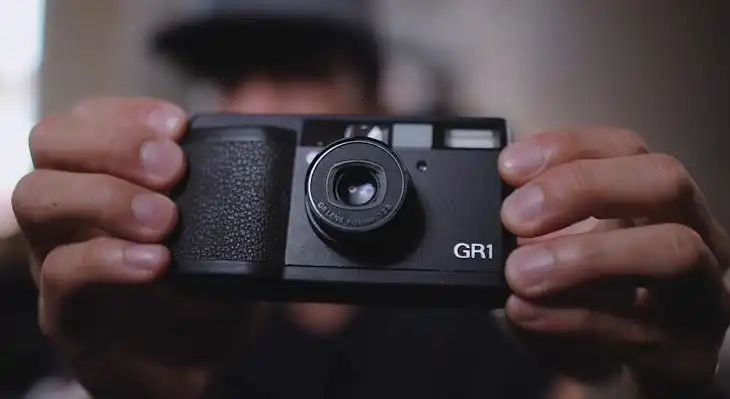
Ricoh is a brand with a strong legacy in the world of film photography, offering a range of cameras that have become favorites among enthusiasts.
Among their models, the Ricoh GR series and their SLR options stand out for their quality and performance.
GR1 Vs. GR1S Vs. GR1V
The Ricoh GR series is legendary in the world of compact film cameras, particularly for street photographers. The GR1, GR1s, and GR1v are the most prominent models, each with its unique features:
- GR1: The original model, the GR1, is known for its compact design, sharp 28mm f/2.8 lens, and easy-to-use interface. It’s a reliable point-and-shoot camera that delivers excellent image quality.
- GR1s: The GR1s builds on the GR1 with a few enhancements. The most notable is the addition of a snap focus mode, which allows for quicker focusing, making it ideal for street photography where speed is essential.
- GR1v: The GR1v is the final evolution in this series. It includes all the features of the GR1s and adds manual ISO setting, which gives photographers more control over exposure. The GR1v is often considered the pinnacle of the GR series due to its versatility and additional features.
SLR Options: KR-10, XR Series
For those interested in SLR cameras, Ricoh offers several notable models:
- KR-10: The KR-10 is an entry-level SLR that’s simple to use yet offers great flexibility with interchangeable lenses. It’s perfect for beginners who want to explore the world of manual photography without overwhelming complexity.
- XR Series: The XR series includes a variety of models, with the XR-1 and XR-2 being the most popular. These cameras offer more advanced features than the KR-10, such as aperture-priority mode and more sophisticated metering systems. They’re well-suited for more experienced photographers looking for reliable, high-quality SLRs.
Who Are Ricoh Film Cameras Best For?
Ricoh film cameras are versatile and cater to a wide range of photographers, but they’re particularly well-suited for the following groups:
Street Photographers
Ricoh cameras, especially the GR series, are favorites among street photographers. Their compact size, quiet operation, and fast autofocus make them perfect for capturing candid moments on the go.
The sharp 28mm lens on the GR models is ideal for street scenes, offering a wide enough field of view to capture context while still being close enough to the subject.
Travel Enthusiasts
Travel photographers will appreciate Ricoh’s lightweight and portable designs. The GR series, in particular, is easy to carry around, making it an excellent choice for documenting your travels.
The robust build quality of Ricoh cameras also ensures they can withstand the rigors of travel, whether you’re exploring urban environments or rugged landscapes.
Film Photography Hobbyists
For film photography hobbyists, Ricoh offers a balance of quality and affordability. Whether you choose a compact GR camera for point-and-shoot convenience or an SLR from the XR series for more creative control, Ricoh cameras provide a satisfying analog experience.
Their cameras are also relatively easy to maintain, making them ideal for those new to film photography.
Tips for Buying and Using Ricoh Film Cameras
- Check Condition: When buying a used Ricoh film camera, make sure to check the condition carefully. Look for signs of wear, particularly on the lens and viewfinder, and test the camera’s functions if possible. Since these are vintage cameras, some may require servicing to function optimally.
- Learn the Basics: Understanding the basic functions of your Ricoh camera, such as metering, focusing, and exposure settings, will help you get the most out of it. If you’re new to film, spend some time practicing with different settings to see how they affect your images.
- Use High-Quality Film: To make the most of your Ricoh camera, pair it with high-quality film. Different films offer various color renditions, contrasts, and grain, so experiment to find the one that suits your style.
- Embrace Manual Controls: Many Ricoh models, especially the SLRs, offer manual control over settings like aperture and shutter speed. Embrace these features to have more creative control over your images.
- Regular Maintenance: Keep your Ricoh camera in good working order with regular maintenance. Clean the lens regularly, store the camera in a dry place, and consider getting it serviced by a professional if you notice any issues.
Conclusion
Ricoh film cameras offer a fantastic entry into the world of analog photography, whether you’re a street photographer, travel enthusiast, or a hobbyist.
With options ranging from the compact GR series to versatile SLRs like the KR-10 and XR series, there’s a Ricoh camera for every type of photographer.
By choosing a model that fits your needs and learning how to use it effectively, you’ll be well on your way to capturing beautiful film photographs.
Frequently Asked Questions
1. Are Ricoh SLR Cameras Good?
Yes, Ricoh SLR cameras are fantastic. They are well-regarded for their solid build quality, reliable performance, and excellent lens compatibility. Ricoh cameras have a strong reputation among photography enthusiasts for their durability and ability to produce sharp, high-quality images.
2. Who Makes Ricoh Cameras?
Ricoh cameras are made by RICOH IMAGING COMPANY, LTD., a Japanese company known for producing a wide range of imaging products, including cameras, lenses, and related accessories. Ricoh has a long history in the camera industry and continues to innovate with both digital and film cameras.
3. Do Professional Photographers Use Film Cameras?
Yes, some professional photographers still use film cameras, particularly for certain artistic or specialized projects.
Film photography offers a unique aesthetic and process that many photographers appreciate. Despite the dominance of digital photography, film remains a valued medium for its distinct look, color rendition, and tactile shooting experience.
4. Is It Worth Getting a Film Camera?
Yes, getting a film camera can be worth it, especially if you’re interested in the artistry and nostalgia of analog photography. Film photography offers a unique, hands-on experience that can be creatively rewarding.
While it requires an investment in film and developing, many photographers find the results and the process itself to be well worth the cost.
5. Where is Ricoh Camera From?
Ricoh cameras are from Japan. The brand has its origins in Japan, where RICOH IMAGING COMPANY, LTD. continues to develop and manufacture its cameras and imaging products. The company is part of Japan’s rich tradition of producing high-quality cameras and optical equipment.

